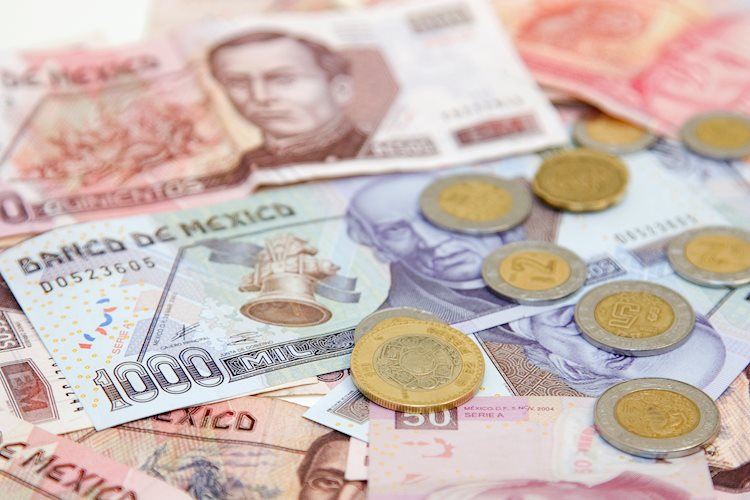The Mexican Peso (MXN) has recently stabilized after experiencing three days of weakening, driven primarily by concerns related to President-elect Donald Trump’s trade and immigration agenda. The impact of Trump’s proposed policies on the Mexican economy has led to a depreciation of the Peso, with expectations that high tariffs on Mexican goods entering the US could reduce demand for foreign imports and subsequently lower demand for the Peso. Additionally, the Trump administration’s potential deportation of illegal immigrants, many of whom are Mexican, could also negatively impact the Peso due to the importance of remittances from workers in the US. These factors, coupled with potential changes to the USMCA and the Mexican government’s reforms, have contributed to the currency’s recent weakness.
Furthermore, the political landscape in the US, particularly with regards to the Republican party possibly gaining a majority in Congress, could lead to further challenges for the Mexican Peso. The potential implementation of Trump’s radical policies, combined with a Republican majority in Congress, may result in a continued weakening of the Peso against the USD. Analysts forecast a potential band of between 21.14 and 22.26 for USD/MXN in such a scenario. The increasing uncertainty surrounding US-Mexico relations and the impact of US policies on the Mexican economy are key factors influencing the Peso’s performance in the near future.
From a technical analysis perspective, USD/MXN has shown a significant rally in recent days, with the currency pair closing in on its November high. The chart indicates a renewed short-term uptrend, with a potential extension of the bullish trend expected if USD/MXN breaks above the 20.80 level. This upward momentum, along with medium and long-term uptrends, suggests a favorable outlook for further gains in USD/MXN. However, sellers may provide resistance around the 21.00 level, a psychological threshold that could impact the currency pair’s movement in the coming days.
In terms of factors influencing the Mexican Peso’s valuation, various elements come into play. The performance of the Mexican economy, central bank policies, foreign investment levels, remittance flows, geopolitical trends, and oil prices all play a role in determining the value of MXN. The central bank, Banxico, focuses on maintaining low and stable inflation levels through appropriate interest rate adjustments. Higher interest rates tend to strengthen MXN by attracting investors, while lower rates can have the opposite effect. Additionally, macroeconomic data releases, such as economic growth, employment rates, and confidence levels, can impact the Peso’s valuation based on the overall health of the Mexican economy.
As an emerging-market currency, the Mexican Peso tends to thrive during risk-on periods when market risks are perceived as low, attracting investors seeking higher-risk assets. Conversely, during times of market turbulence or economic uncertainty, the Peso may weaken as investors opt for more stable investments. Overall, the recent stabilization of the Mexican Peso amid political and economic challenges highlights the currency’s sensitivity to external factors, underscoring the need for careful monitoring of developments that could impact its performance in the global markets.









